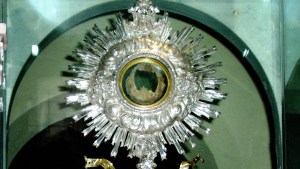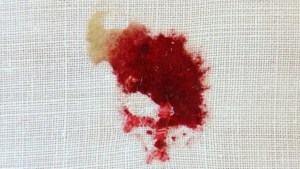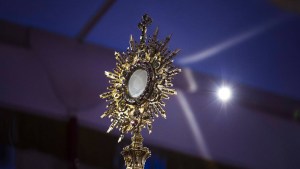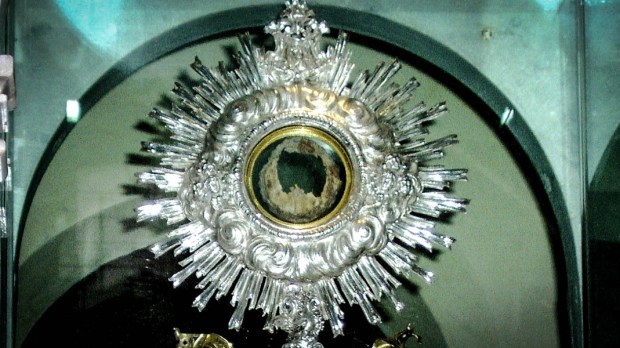Throughout history God has chosen on particular occasions to “lift the veil” that hides his presence in the Eucharist. It is a miraculous event, one that ratifies the priest’s words at Mass when the Eucharist is changed into the body and blood of Jesus Christ.
The Catechism of the Catholic Church narrates what typically happens to the Eucharist, “By the consecration of the bread and wine there takes place a change of the whole substance of the bread into the substance of the body of Christ our Lord and of the whole substance of the wine into the substance of his blood” (CCC 1376). This means that while the appearances of bread and wine remain, the substance is changed (through the power of God) completely to the body and blood of Christ.
Yet, there is evidence that sometimes God changes the appearances of bread and wine as well, a miracle that always requires a rigorous examination.

Read more:
4 Incredible Eucharistic miracles that defy scientific explanation
As with all miracles, it starts with an investigation launched by the local bishop. He is the local leader who has the authority to declare an event as a miracle. The Holy See could take over the investigation, but generally leave it to the bishop unless there is a just cause to step in.
In most cases the Eucharistic miracle under scrutiny will be observed over a period of time. This will help determine if the miracle is in fact a miracle, or can be explained by a natural phenomena.
For example, a few years ago in the Diocese of Salt Lake City a host appeared to be bleeding. After the diocese investigated it, they released the following statement, “In November of 2015, it was alleged that a consecrated host … from Saint Francis Xavier Church in Kearns, Utah, appeared to be bleeding. A thorough investigation has concluded that the host did not bleed, but the change of appearance in the host was due to red bread mold [Neurospora cressa]. The consecrated host has been disposed of in a reverent manner, as is required.”
Red bread mold is a common occurrence and can easily be confused with an authentic Eucharistic miracle. That is why the bishop will also appoint a team of experts to study the events from every angle, gathering all relevant data. This will include priests, theologians, canon lawyers, medical professionals, molecular biologists and others.
Bishop Jorge Bergoglio (future Pope Francis) followed this routine when investigating a Eucharistic miracle in Buenos Aires (which was later ratified as authentic).
Another example of this can be found in the case of a Eucharistic miracle in Sokolka, Poland.
A piece of the altered host was taken and analyzed independently by two experts, Prof. Maria Sobaniec-Lotowska, MD, and Prof. Stanislaw Sulkowski, MD, in order to ensure the credibility of the results. Both are histopathologists at the Medical University of Bialystok. The studies were carried out at the university’s Department of Pathomorphology.

Read more:
The stunning Eucharistic miracle of Sokolka
The examination discovered something miraculous: “The results of both independent studies were in perfect agreement. They concluded that the structure of the transformed fragment of the host is identical to the myocardial (heart) tissue of a living person who is nearing death. The structure of the heart muscle fibers is deeply intertwined with that of the bread, in a way impossible to achieve with human means, according to the declaration of Prof. Maria Sobaniec-Lotowska.”
Only after an unbiased study, conducted by a panel of experts, will the local bishop consider declaring a Eucharistic miracle. If the bishop does, it is for the benefit of the faithful to see that God still works miracles in our age and that the Eucharist is much more than a piece of bread. It is the body, blood, soul and divinity of Jesus Christ, whether we can see that with our eyes or not.

Read more:
Between flesh and bread: The autopsy of a Eucharistic miracle

